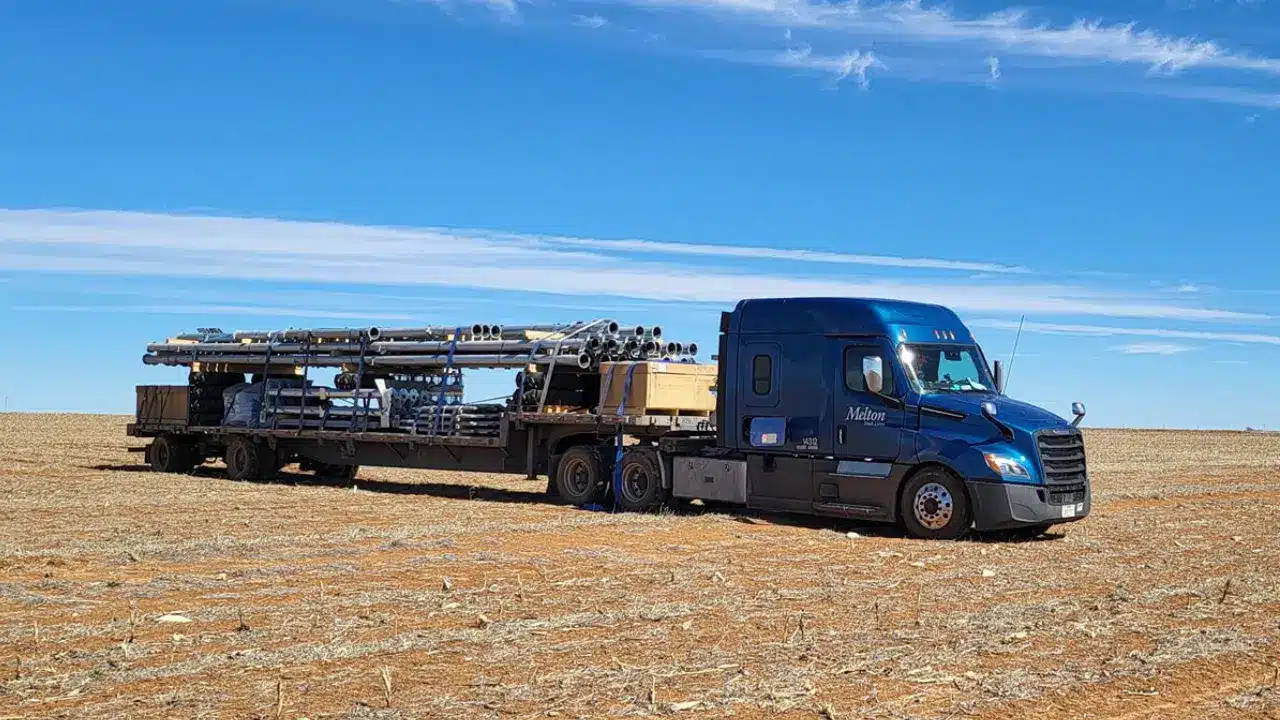
Route Planning in Flatbed Trucking
In the trucking industry, route optimization refers to the process of reviewing customer orders, considering the available resources, road networks, and operational constraints they have access to, and determining the best combination of routes and stops that most efficiently transports a load. Efficient route planning and optimization is vital, not only for the company that owns that truck, but for the industry using that company to ship and receive goods. From the company’s perspective, route optimization can significantly impact fuel costs, delivery times, and vehicle wear and tear. From a customer perspective, finding a company that has excellent delivery times, good rates, and ensures the safety of your goods is imperative.
Flatbed transportation is commonly used across multiple industries for a variety of goods; however, it comes with its own set of route planning challenges. While a route that is typically used for a refrigerated or dry goods trailer may work for one flatbed load, another load with the same destination may not work due to multiple factors: road restrictions, bridge/overpass heights, weight limits, and potentially even state-imposed drive-time restrictions based on the load can all impact which routes are viable to take.
There are many ways to simplify these challenges, or completely avoid them:
Get the Details Before You Start Planning
Knowing all the details about your load prior to shipping is a major key to avoiding route issues down the line. Pay attention to the weight and dimensions of the freight, especially if it’s not a uniform load and the height or width varies throughout (this can also help indicate if you’ll require additional chains, straps, or specific tarping measures to protect the load). Understand where your load is picking up, where it may need to pass through, and where it will be dropped off. Major road construction, road closures due to maintenance or weather, and potential time restrictions imposed by the state can significantly impact the time it takes.
Ensure Your Tools are Up to Date
While it may seem convenient to use a tried-and-true logistics method to plan a route, you may be missing out on many benefits that’ll enable quick changes and real-time updates on your load. In addition, using more modern technologies in your route planning can help your team to adapt to the industry’s supply and demand faster, and with simpler solutions.

Utilize a Flatbed-Dedicated Provider
Whether it’s ensuring your one-time construction project moves smoothly, or making sure your company can routinely ship out large-scale equipment, working with a flatbed provider directly will reduce a lot of chaos at the end of the day. Flatbed shipping requires expert knowledge that is both reliable and up to date on the fast-changing requirements in the transportation industry.
Utilize a Company that Trains Drivers in Trip Planning
No matter how thorough a route plan might be, once a driver is on the road with the freight, any number of issues may occur that the plan didn’t account for. Unexpected weather conditions, accidents on the road, or recent road closures can all make a route plan invalid. If you’re working with a company like Melton that trains their drivers to make careful trip plans and how to account for these incidents, these delays can be lessened or avoided altogether.

Accurate and timely deliveries are crucial for customer satisfaction, and a company’s bottom line. By avoiding delays and managing your routes — either by finding the best and most direct route or having a variety of options available in case of sudden changes — ensures that companies can improve their ability to meet customer expectations, and on-time deliveries. Route optimization takes many factors into account and can help a company optimize efficiency, reduce costs, and ultimately improve overall operational performance.
